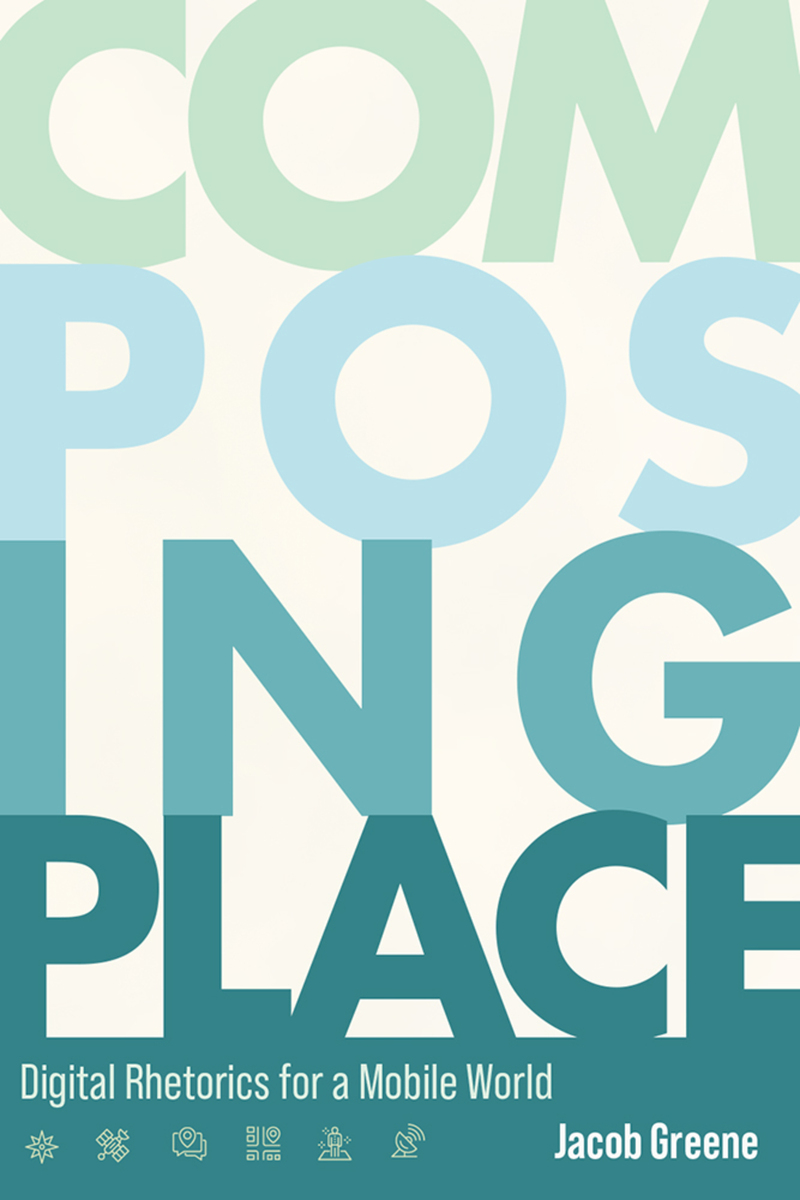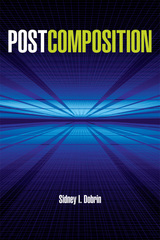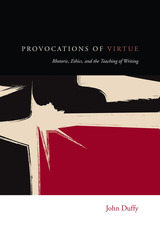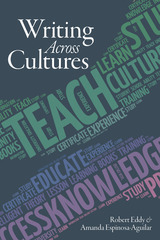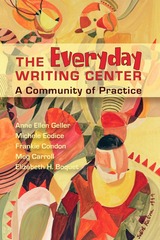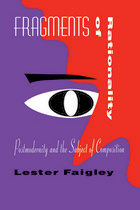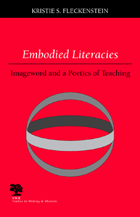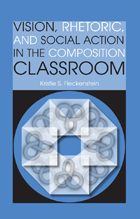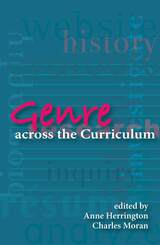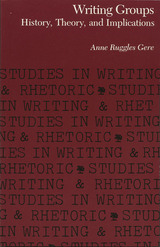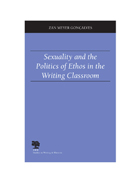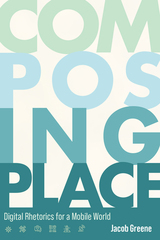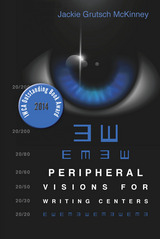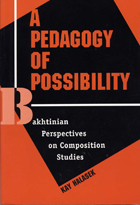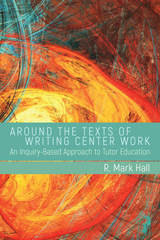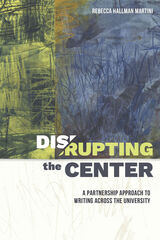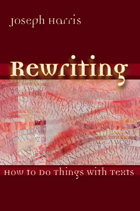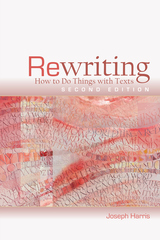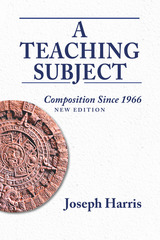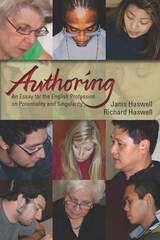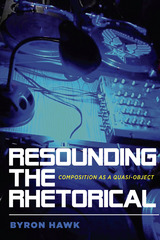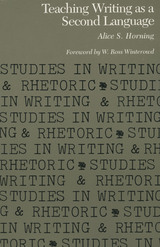Composing Place: Digital Rhetorics for a Mobile World
Utah State University Press, 2022
Cloth: 978-1-64642-443-6 | Paper: 978-1-64642-355-2 | eISBN: 978-1-64642-356-9
Library of Congress Classification PE1404.G6936 2023
Dewey Decimal Classification 808.042078
Cloth: 978-1-64642-443-6 | Paper: 978-1-64642-355-2 | eISBN: 978-1-64642-356-9
Library of Congress Classification PE1404.G6936 2023
Dewey Decimal Classification 808.042078
ABOUT THIS BOOK | AUTHOR BIOGRAPHY | REVIEWS | TOC | REQUEST ACCESSIBLE FILE
ABOUT THIS BOOK
Composing Place takes an innovative approach to engaging with the compositional affordances of mobile technologies. Mobile, wearable, and spatial computing technologies are more than the latest marketing gimmick from a perpetually proximate future; they are rather an emerging composing platform through which digital writers will increasingly create and distribute place-based multimodal texts. Jacob Greene utilizes and develops a rhetorical framework through which writers can leverage the affordances of these technologies by drawing on theoretical approaches within rhetorical studies, multimodal composition, and spatial theory, as well as emerging “maker” practices within digital humanities and critical media studies, to show how emerging mobile technologies are poised to transform theories, practices, and pedagogies of digital writing.
Greene identifies three emerging “modalities” through which mobile technologies are being used by digital writers. First, to counter dominant discourses in contested spaces; second, to historicize entrenched narratives in iconic spaces; and third, to amplify marginalized voices in mundane spaces. Through these modalities, Greene employs Indigenous philosophies and theories that upend the ways that the discipline has centered placed-based rhetorics, offering digital writers better strategies for using mobile media as a platform for civic deliberation, social advocacy, and political action.
Composing Place offers close analyses of mobile media experiences created by various artists and digital media practitioners, as well as detailed overviews of Greene’s own projects (also accessible through the companion website: www.composingplace.com). These projects include a digital “countertour” of SeaWorld that demonstrates the ways in which the attraction is driven by capitalism; an augmented reality tour of Detroit’s Woodward Avenue; and a mobile advocacy project in Jacksonville, Florida, that demonstrates the inequitable effects of car-centric public infrastructure. Ultimately, by engaging with these theoretical frameworks, rhetorical design principles, and pedagogical practices of mobile writing, readers can utilize the unique affordances of mobile media in various teaching and research contexts.
Greene identifies three emerging “modalities” through which mobile technologies are being used by digital writers. First, to counter dominant discourses in contested spaces; second, to historicize entrenched narratives in iconic spaces; and third, to amplify marginalized voices in mundane spaces. Through these modalities, Greene employs Indigenous philosophies and theories that upend the ways that the discipline has centered placed-based rhetorics, offering digital writers better strategies for using mobile media as a platform for civic deliberation, social advocacy, and political action.
Composing Place offers close analyses of mobile media experiences created by various artists and digital media practitioners, as well as detailed overviews of Greene’s own projects (also accessible through the companion website: www.composingplace.com). These projects include a digital “countertour” of SeaWorld that demonstrates the ways in which the attraction is driven by capitalism; an augmented reality tour of Detroit’s Woodward Avenue; and a mobile advocacy project in Jacksonville, Florida, that demonstrates the inequitable effects of car-centric public infrastructure. Ultimately, by engaging with these theoretical frameworks, rhetorical design principles, and pedagogical practices of mobile writing, readers can utilize the unique affordances of mobile media in various teaching and research contexts.
See other books on: Composition | Mobile communication systems | Mobile computing | Spatial behavior | Technical Writing
See other titles from Utah State University Press
